Animal Charity Launches Fundraising Effort to Help Equine-Dependent Communities Affected by Coronavirus
April 14, 2020 Comments Off on Animal Charity Launches Fundraising Effort to Help Equine-Dependent Communities Affected by Coronavirus
COVID-19 Response & Recovery Fund positions Brooke USA to immediately help where the need is greatest. The current crisis has also impacted the US, leaving horses, donkeys and mules abandoned and local equine organizations in desperate need of financial support.
Continue reading …University of Findlay to Offer Virtual Online Tours For Prospective Students
April 10, 2020 Comments Off on University of Findlay to Offer Virtual Online Tours For Prospective Students
Meredith Marsh, riding instructor in the western riding program, director of equestrian studies, and equine management, explains that during the Western and English Equestrian Program virtual visits, “prospective students will learn what makes being a Findlay equestrian such a unique and incredible experience. The directors will talk about what we do year-by-year in the riding programs, go over the equine science-based curriculum, talk about team activities, and discuss the many opportunities available to equestrians, both on and off campus.”
Continue reading …FAQ’s- COVID-19 Resources for Livestock and Animal Owners
April 9, 2020 Comments Off on FAQ’s- COVID-19 Resources for Livestock and Animal Owners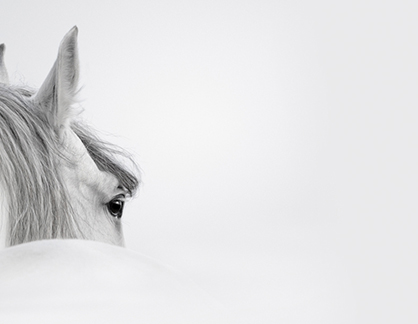
To date, the Centers for Disease Control (CDC) has not received any reports of pets or livestock becoming sick with COVID-19 in the United States. The first case of an animal testing positive for the virus in the United States was a tiger, that had a respiratory illness, at a zoo in New York City.
Continue reading …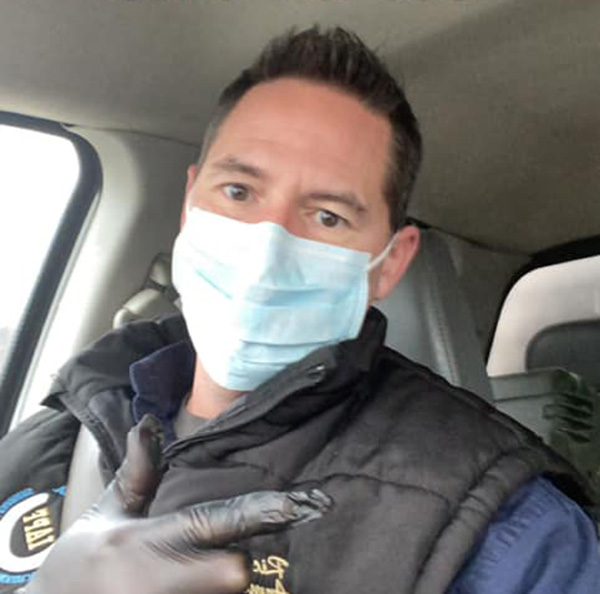
“Since farriery is considered to be essential, my work, so far, has not been affected,” Richard says. “However, I have temporarily ceased having interns travel with me during this time.”
Continue reading …New Therapy Could Combat Persistent Joint Infections in Horses
April 7, 2020 Comments Off on New Therapy Could Combat Persistent Joint Infections in Horses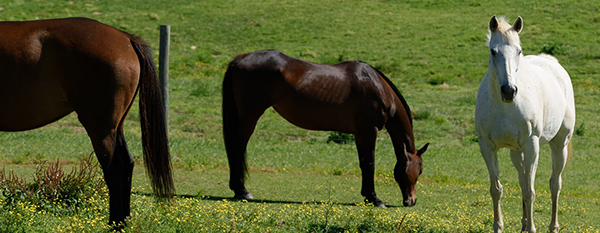
Morris Animal Foundation-funded researchers at North Carolina State University have developed a platelet-rich plasma (PRP) lysate that, when teamed with antibiotics, can eradicate bacterial biofilms common in joint infections.
Continue reading …COVID-19 Schooling Survival Guide- Jumping
April 7, 2020 Comments Off on COVID-19 Schooling Survival Guide- Jumping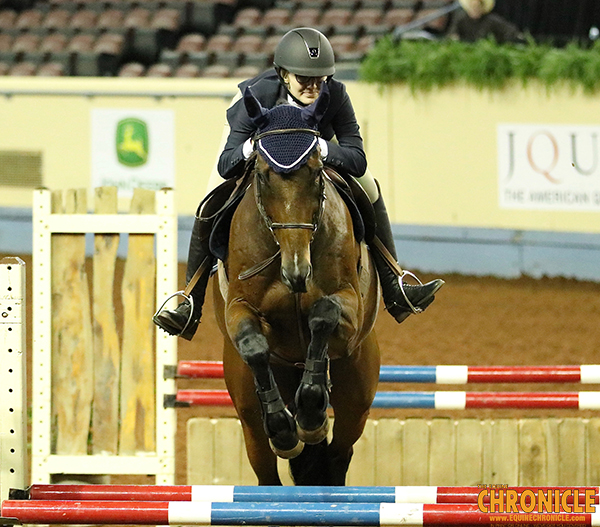
“Try to focus on having your horse hold his lead each way while he’s jumping. That way, your horse becomes straight and more ambidextrous.”
Continue reading …Tips For Equine Businesses During COVID-19 Crisis- Think “Strangles Protocol”
April 6, 2020 Comments Off on Tips For Equine Businesses During COVID-19 Crisis- Think “Strangles Protocol”
Let’s think about how you would respond if a horse contracted Strangles in your barn. First, you would close the barn to new horses to prevent infection, ie. social distancing. You would make sure to disinfect anything that has come into contact with an infected horse, ie. wash your hands, use hand sanitizer, don’t touch your face. You wouldn’t take an infected horse to an event where it might come into contact with others and spread the disease, ie. stay at home.
Continue reading …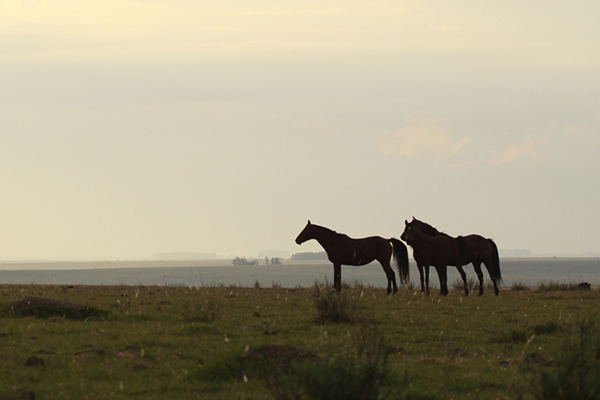
Proper vaccination is the foundation of an effective equine biosecurity program when used in conjunction with parasite control, good nutrition and promoting a low-stress environment. These components are key to protecting American Quarter Horses from infectious diseases. Utilizing the AQHA Disease Information Hub, powered by Zoetis, horse owners can better understand the best course of action on how to meet their horse’s needs.
Continue reading …Partnering Through a Pandemic: Penn Vet’s New Bolton Center Launches Innovative Telehealth Service Amid COVID-19
April 4, 2020 Comments Off on Partnering Through a Pandemic: Penn Vet’s New Bolton Center Launches Innovative Telehealth Service Amid COVID-19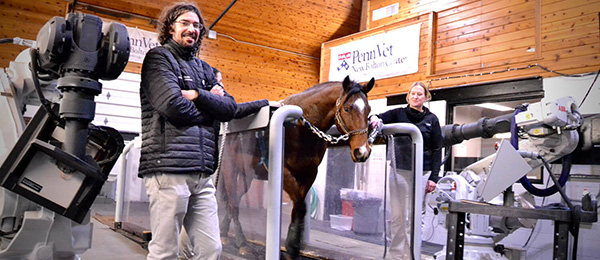
The service offers both teleconsultations, allowing on-site veterinarians in the field to collaborate with New Bolton Center specialists to address patient needs, as well as telemedicine appointments, enabling New Bolton Center Field Service veterinarians to conduct ‘virtual visits’ with patients while following best practices of social distancing.
Continue reading …CARES Act Addresses Horse Industry Concerns
April 3, 2020 Comments Off on CARES Act Addresses Horse Industry Concerns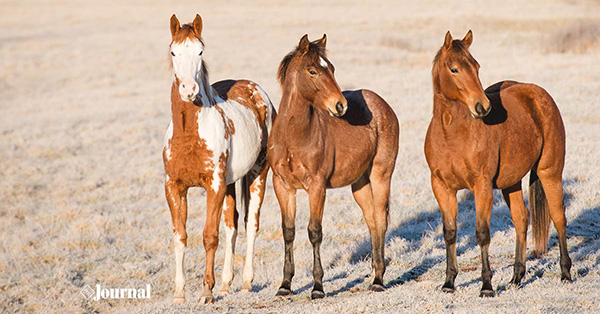
Self-employed professionals such as trainers and other independent contractors impacted by economic disruptions, including event cancellations, caused by “social distancing” should find this provision helpful.
Continue reading …







